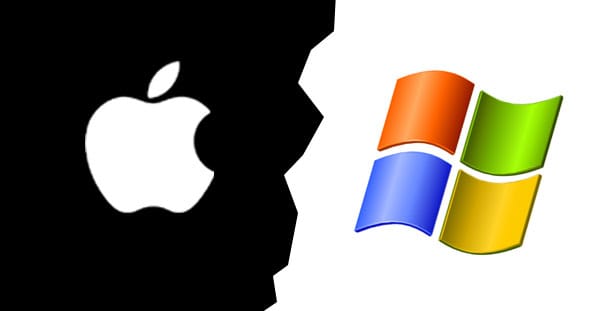
Making Windows more viable for development ¶ I like to tweak and tinker so I've never been a fan of Mac OS. Mac debate is long-dead-ultrabooks today have comparable, if not better, hardware design and are priced nearly the same. Not only does it have incredible build quality, you save some bucks by not paying for the license of a proprietary OS and later wiping it to install a Linux distro.Īnother option is to get a Mac, which runs on Darwin, a Unix-like OS developed by Apple. Hardware-wise, the Dell XPS 13 Developer Edition is the best bang for the buck. I prefer using bare-metal Linux on my local hardware-Ubuntu and Mint are mature operating systems, take minutes to set up, and look and feel like Windows and Mac OS. Nevertheless, there's a way to transform Windows into an effective development platform that most people aren't aware of, so keep reading. It might seem like I have a bone to pick with Windows, which isn't true at all-I have a desktop at home running Steam 24/7 (PC master race!).

CVXPY, for example, is my go-to tool for convex optimization but thinking about setting it up on a Windows machine makes me cringe. Some packages are aggravating to install on Windows.For example, TensorFlow added Windows support one year after it was open sourced. Many data science tools and packages are released for Linux first, then Macs, and eventually Windows.Cloud compute typically runs on a Linux distro so save yourself and your coworkers of that hassle when making the transition. When your model or pipeline is productionized, you don't want to discover at the last minute that it has a critical Windows dependency. Avoids needless cross-platform support.Here's why I recommend switching to a Unix-like OS such as a Linux distro:

If you're developing on Windows, you're doing yourself a disservice. Pick a Unix-like operating system ¶ Why switch? ¶


 0 kommentar(er)
0 kommentar(er)
